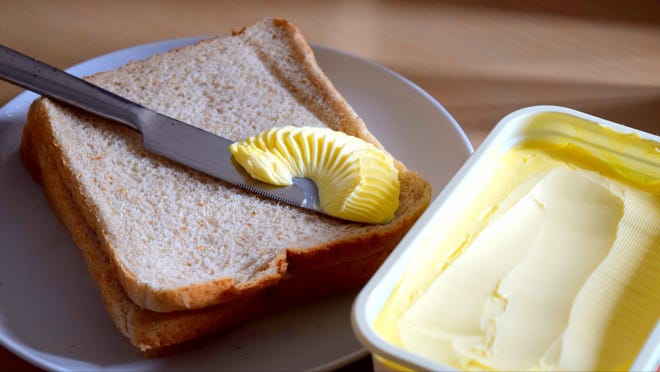Is butter bad for you?
Although butter substitutes such as margarine have been around for a long time, many of them became popular during the fat-free boom of the 80s and 90s. The message to consumers was clear. fat is the enemy.
Consider the iconic series of spray butter ads from the 90s featuring Italian-American actor and model Fabio Lanzoni. In a fantasy world with soft light, a young woman laments (or a dreamdepending on which commercial you are watching) Bad effects of butter. When you see Lanzoni, the long-haired giant wielding a spray bottle of margarine, you’ll say, “I can’t believe it’s not butter!”
What is the healthiest butter?
Butter is a perfect fit for a healthy diet, says registered dietitian Abby SharpAnd grass-fed butter is the healthiest butter money can buy.
Before we discuss the health benefits of this type of butter, let’s analyze the fat content in whole butter. Butter is mostly saturated fat, but it also contains a percentage of monounsaturated fat.Saturated fat has historically been demonized as unhealthy, but research shows no important links Between saturated fat and cardiovascular disease.
